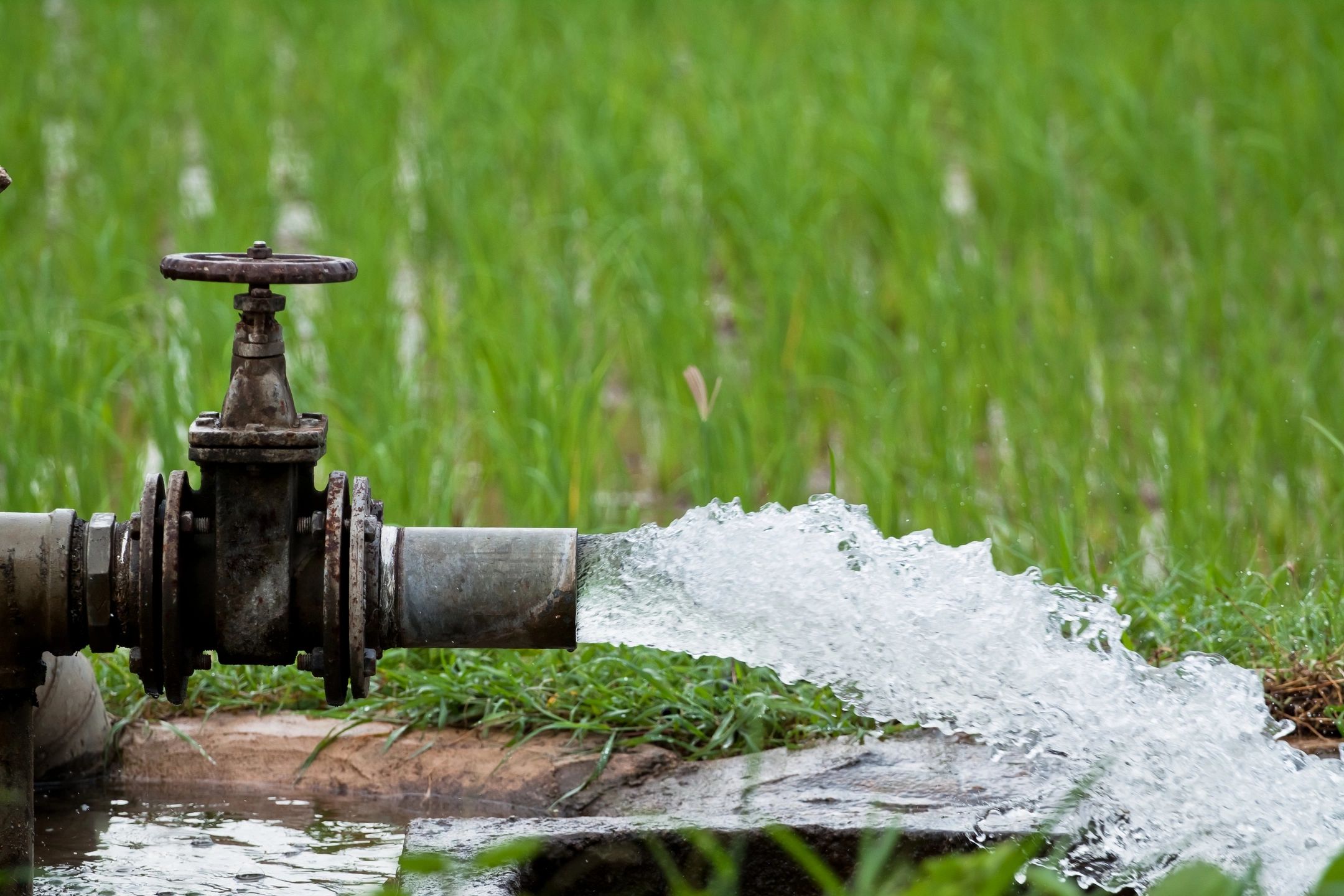Andover officials are considering a 15 percent water rate increase to accelerate the replacement of old water mains that contribute to “the discolored water issue” in several parts of town.
“The issue is things have gotten more expensive and as a result, this need of recalibrating based on the funding requirements,” Town Manager Andrew Flanagan said.
The select board, acting as Andover water commissioners, held the first of two hearings Tuesday on changes to the water main replacement program and its impact on rates paid by Andover home and business owners, as well as upgrades to the town’s water treatment plant.
Andover has been setting aside $6 million annually for the past several years to replace four miles of water mains. Under the plan proposed Tuesday, that number would double to $12 million.
To pay for the plan, water rates in Andover would increase 15 percent in fiscal years 2026 and 2027, 12 percent in 2028 and 2029, and 11 percent in 2030. The town is also expecting about $2.5 million in FY 2030 from its agreement to provide North Reading water, when it can increase rates under a 99-year agreement.
Flanagan said Andover’s current water rates are significantly lower than those in comparable communities, and a goal of his proposal is to make sure the town’s rates remain competitive.
The water main replacement program is a three-phase project targeting approximately 40 miles of unlined, cast iron water mains and those prone to breakage. Phase one, covering about 10.5 miles, focuses on mains expected to have the most significant impact on solving discolored water issues.
If Andover were to stick to the current, $6 million per year, it would only be able to replace about two miles per year. That would extend the time needed to complete the replacement plan by 20 to 25 years.
Select board member Kevin Coffey said he wanted to see the first phase of the upgrade plan in two or three years instead of the proposed five years.
“We’ve been slow. We’ve been slow. We’ve been slow,” Coffey said. “And particularly in phase one, which is most strongly correlated to stamping out the sediment filled water delivery, we ought not plan for that in five years. That first part we ought to be trying to get done in two and a half, three years.”

